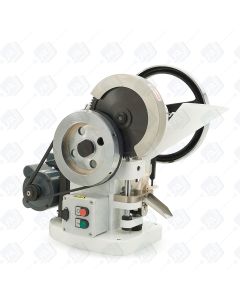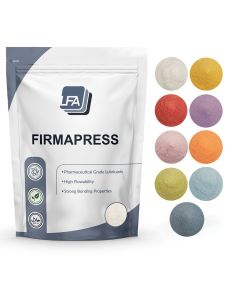Modified Release Coatings – Controlled, Enteric and Sustained Release Tablets
Manufacturing Enteric-Coated TabletsEnteric-Coated Tablets
While some dosage forms are effective if released immediately into the blood stream, in many cases it is advantageous to either release the active ingredient slowly or target the release to a specific area of the body. An active ingredient or formulation that dissolves slowly in the body fluids may achieve a sustained release but it may also be affected by food and the local pH of the surrounding fluids. In addition, it may be necessary for the drug to pass through the low pH stomach fluids and be released at higher pH in the intestinal tract. Controlled release of active ingredient from orally administered tablets is normally achieved by applying an enteric coating to the surface of the tablet.
Enteric-Coated Tablets
The purpose of the enteric coating on tablets is to:
- protect the stomach against the negative/irritant effects of the tablet’s formulation
- protect the active ingredient of the tablet against stomach acids by preventing it from dissolving in low pH fluids
- release the active ingredient in a specific location, which usually is in the lower area of the stomach or intestine, i.e., when the pH is 5.5 or higher.
Enteric coatings are usually polymers such as cellulose acetate phthalate, acrylates and polyvinyl acetate phthalate, and they are applied to the tablets in a coating machine, after the compression step. Sugar coated tablets can also be given an enteric function, by incorporating the enteric polymer within the sealing layer – in sugar coated tablets a sealant is coated on the compressed tablet before the sugar layer(s) are applied.
Sign Up to Our Newsletter
Controlled or Time-Release Tablets
There are some differences within the pharmaceutical literature on the definition of controlled and time-release tablets. Most tablets contain formulations that take a finite time to dissolve and disperse within the body. Controlled release or time release usually refers to the ability to engineer the rate of dissolution or release of the active ingredient so as to maximise its half-life within the body, but note that this is also a function of the rate of removal e.g., by the kidneys. Controlled release is achieved by coating the formulation with some kind of material that sets the rate of the release at a constant level so as to achieve sustained efficacy within the body.
Today, most time-release drugs are formulated so that the active ingredient is embedded in a matrix of insoluble substance(s) (e.g., modified ethyl cellulose or acrylic polymers) such that body fluids pass through the matrix dissolving the drug which then must find its way out through the holes in the matrix.
In some slow-release formulations, the drug dissolves into the matrix, and the matrix physically swells to form a gel, allowing the drug to exit through the gel's outer surface.
Time release or sustained release coatings are designed in such a way as to provide uniform and sustained release of the drug over time, the rate being determined by the coating thickness.
These coatings are designed to alter the rate of release of active ingredients from the tablet and can be applied either directly to compressed tablets, or they can be applied to granules or particles before compression takes place. The latter ‘micro-encapsulation’ approach is relatively new but is much preferred if the material characteristics are suitable. Time release coatings applied to the whole tablet, especially in the case of large tablets, can be easily abused if the tablets are split or broken by accident or abuse. This can be very dangerous in the case of high dosage ingredients that are intended to be released gradually over a prolonged period of time in the body.





